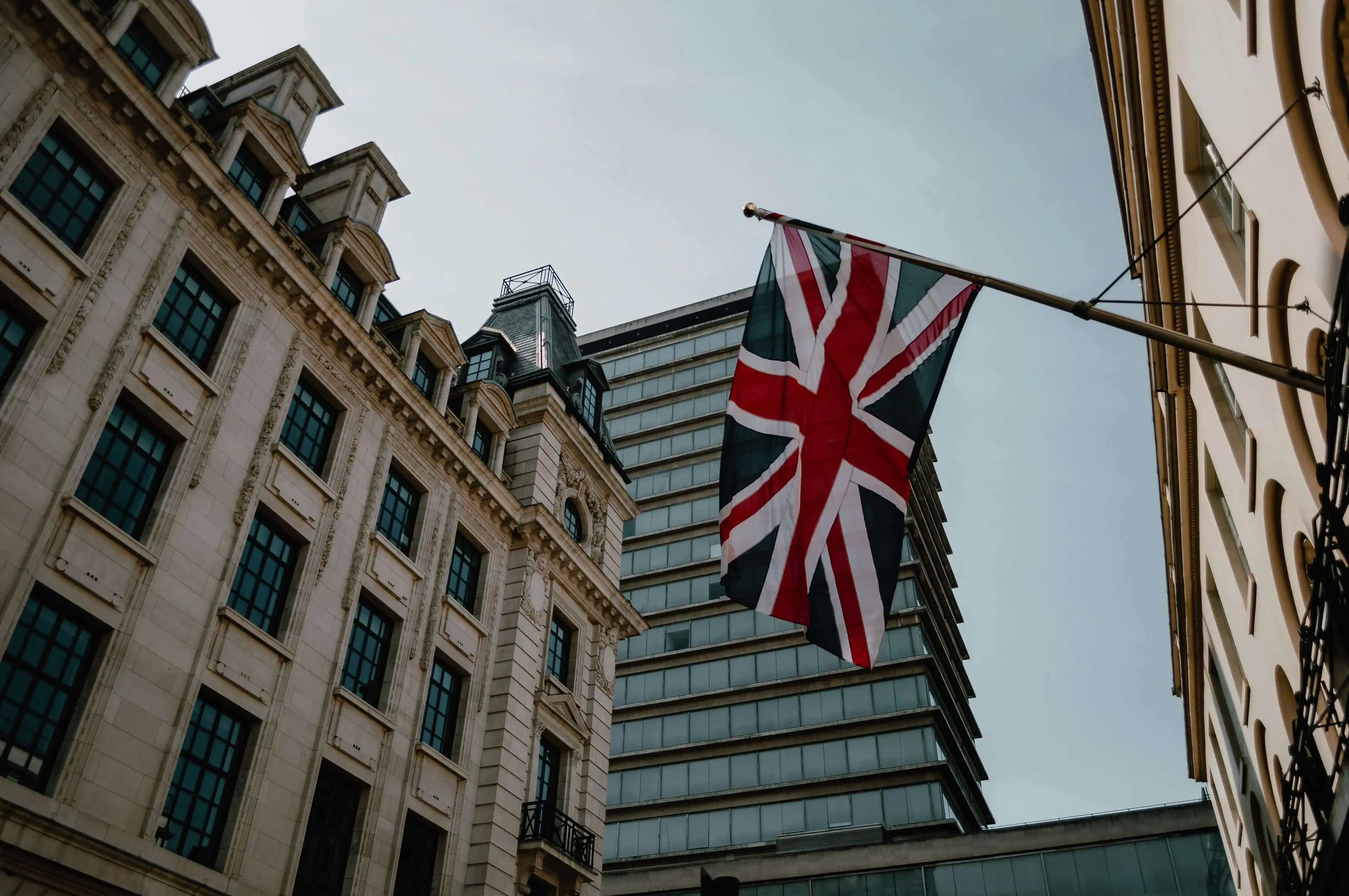Fastest Growing Apparel E‑commerce Stores
Written by Diogo Matos  |
Last updated on 5th December, 2025
|
Last updated on 5th December, 2025
Throughout 2025, apparel ecommerce stores are operating within a dynamic online marketplace.
Across the board, Instagram accounts in this space saw a weekly growth of 171.1 followers, with an average engagement rate of 1.76% — showing that consumer interest remains strong on social media.
Meanwhile, organic search performance dropped, with traffic dropping by -28.5% across the industry. This suggests increased competition or reduced search visibility, compelling SEO agencies to devise new methods of bringing in Organic Traffic, such as ranking on AI models.
Looking at paid channels, approximately 55.3% of stores have run Meta ads at some point, and 49.2% have executed Meta ads recently. Paid search is still underutilized, with only 15.8% of stores leveraging it—opening doors for growth-savvy brands to capitalize on underutilized advertising channels.
This dataset highlights the essential metrics for agencies and ecommerce professionals wanting to benchmark performance, uncover new opportunities, and track industry-wide shifts.





Organic Social Trends for apparel E-Commerce Stores
Organic social trends for apparel e-commerce stores in 2025 have shown significant shifts. Instagram traffic saw a notable increase in November, reaching an average of 1059.49 from 976.88 in October. This positive change compliments an average weekly Instagram growth of 171.07 followers per week, although the engagement rate remains low at 0.02%. Despite this, the number of stores experiencing Instagram traffic under 10k visitors per month still dominates the landscape with 7167 stores.
Meanwhile, TikTok organic traffic started the year strong but observed fluctuations, with a marginal increase in November to 353.61 from 345.33 in October. The average posts per week for TikTok increased slightly, with a 0.14 change from the previous month, reflecting the growing interest from e-commerce stores to capitalize on this platform. Additionally, while the number of stores with higher Instagram traffic suggests growth potential, the slight decrease of -0.43 in Instagram posts per week highlights the need for consistent engagement strategies.
Overall, apparel e-commerce stores are adjusting their social strategies, with a slight dip in Instagram posts but an increased focus on TikTok uploads. This is indicative of a broader trend where stores aim to expand their reach across multiple platforms while adjusting content output to maximize engagement.
% of Traffic from Organic Instagram Over Time
Percentage of total traffic coming from organic Instagram posts and stories
% of Traffic from Organic TikTok Over Time
Percentage of total traffic coming from organic TikTok videos